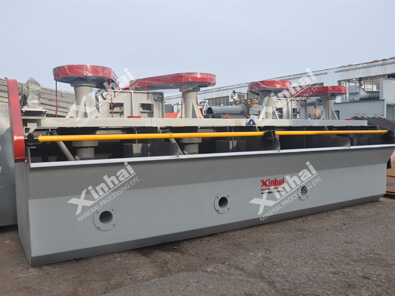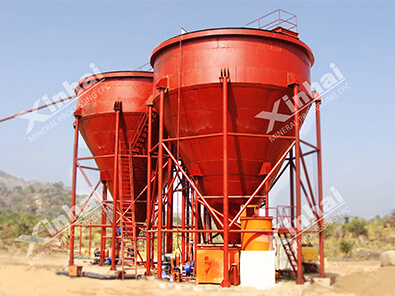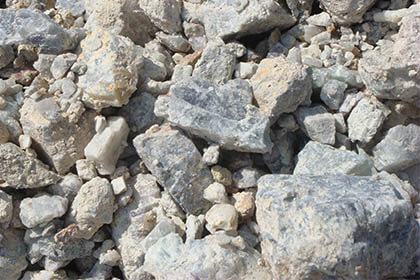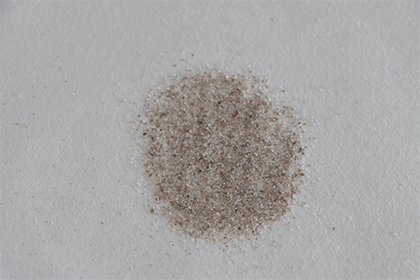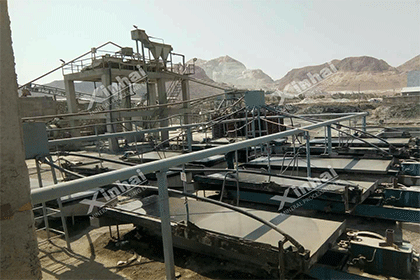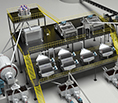What is Quartz Mining and Mineral Process?
 Sheena
Sheena
 Feb 21, 2025
Feb 21, 2025
 302
302
If you want to know more details about equipment, solutions, etc, please click the button below for free consultation, or leave your requirements!
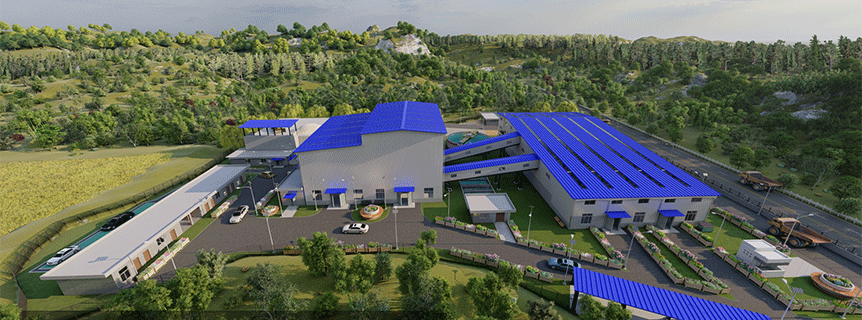
1200tpd-quartz-sand-processing-plant-diagram
Quartz is commonly used in the manufacturing of glass, electronics, and jewelry, as well as in industrial applications. But what is quartz mining and mineral process? Today let's explore together!
01Methods of Quartz Mining
Back1. Open-Pit Mining (Surface Mining)
Used when quartz deposits are near the surface.
Involves removing overlying soil and rock to expose the quartz veins.
Heavy machinery such as excavators, bulldozers, and trucks are used.
2. Hard Rock (Underground) Mining
Used when quartz veins are deep underground.
Miners create tunnels and shafts to access the quartz.
Explosives, drills, and manual tools may be used to extract quartz.
3. Placer Mining (Riverbed Mining)
Quartz found in riverbeds and alluvial deposits.
Miners use sluice boxes, pans, or dredging to separate quartz from sediments.
02Steps to Mine Quartz
Back1. Exploration & Surveying – Geologists locate quartz deposits using surveys and sample testing.
2. Clearing & Drilling – Removing top layers of soil and drilling into quartz veins.
3. Blasting & Extraction – If necessary, controlled explosions break the rock, and quartz is extracted manually or with heavy equipment.
4. Processing – The raw quartz is crushed, washed, and sorted for various uses.
5. Refining & Use – High-purity quartz undergoes further refining for industrial applications like electronics or glassmaking.
03Quartz Mineral Processing
BackAfter quartz is mined, it undergoes a series of processing steps to purify it for industrial use. The level of processing depends on the intended application, whether for glassmaking, electronics, or construction.
1. Quartz Processing Steps
1.1 Crushing & Grinding
Large quartz rocks are broken down using jaw crushers or hammer mills.
The crushed quartz is further ground into smaller particles using ball mills or raymond mills to achieve the desired size.
1.2 Washing & Scrubbing
Removes impurities such as clay, dust, and unwanted minerals.
Quartz is washed with water using trommel screens or attrition scrubbers to separate fine impurities.
1.3 Gravity Separation (Optional)
Heavier quartz particles are separated from lighter minerals using shaking tables or spiral classifiers.
This helps remove unwanted gangue minerals like feldspar or mica.
1.4 Magnetic Separation
Removes iron-based impurities using magnetic separators.
This is critical for high-purity quartz used in the electronics industry.
1.5 Flotation (Chemical Processing, If Needed)
Chemicals (collectors and frothers) are added to selectively separate feldspar, mica, and other unwanted minerals.
Air bubbles carry away impurities while quartz settles at the bottom.
1.6 Acid Leaching (Purification for High-Purity Quartz)
The quartz is treated with acids (HCl or HF) to dissolve remaining iron and aluminum contaminants.
Used in industries requiring ultra-high-purity quartz, such as semiconductors and solar panels.
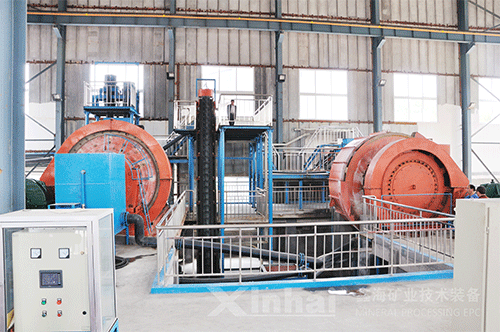
2. Equipment Used in Quartz Processing
2.1 Crushing & Grinding Equipment
Jaw Crusher – Used for primary crushing of quartz rocks.
Cone Crusher – Further reduces quartz size for grinding.
Ball Mill – Grinds quartz into fine powder.
Raymond Mill – Used for ultra-fine quartz grinding.
Hammer Mill – Sometimes used for breaking down smaller quartz pieces.
2.2 Washing & Scrubbing Equipment
Trommel Screen – Removes dirt, clay, and oversized materials.
Attrition Scrubber – Breaks up impurities stuck to quartz grains.
2.3 Separation & Purification Equipment
Shaking Table – Separates quartz from lighter impurities.
Spiral Classifier – Helps in gravity separation of minerals.
Magnetic Separator – Removes iron-based impurities.
Flotation Machine – Uses air bubbles and chemicals to separate unwanted minerals.
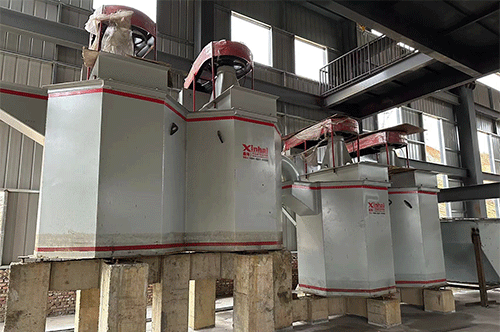
3. Choosing the Right Process
If quartz is for construction (concrete, ceramics) → Basic crushing & screening is enough.
If quartz is for glassmaking → Requires washing, scrubbing, and iron removal.
If quartz is for electronics & semiconductors → Requires flotation, acid leaching, and ultra-purification.
04Conclusion
BackIn conclusion, quartz mining and processing is a multi-step procedure. Once mined, the quartz undergoes a series of processing steps, including crushing, grinding, washing, gravity separation, magnetic separation, flotation, and acid leaching, depending on the intended use of the material. Whether for construction, glassmaking, or high-tech electronics, the purification process ensures that quartz meets the specific requirements of the industry.
Besides, if you want to know the cost of building a quartz sand beneficiation plant, you can read this article.
 +86 18716000713
+86 18716000713 xlyin@xinhaimining.net
xlyin@xinhaimining.net



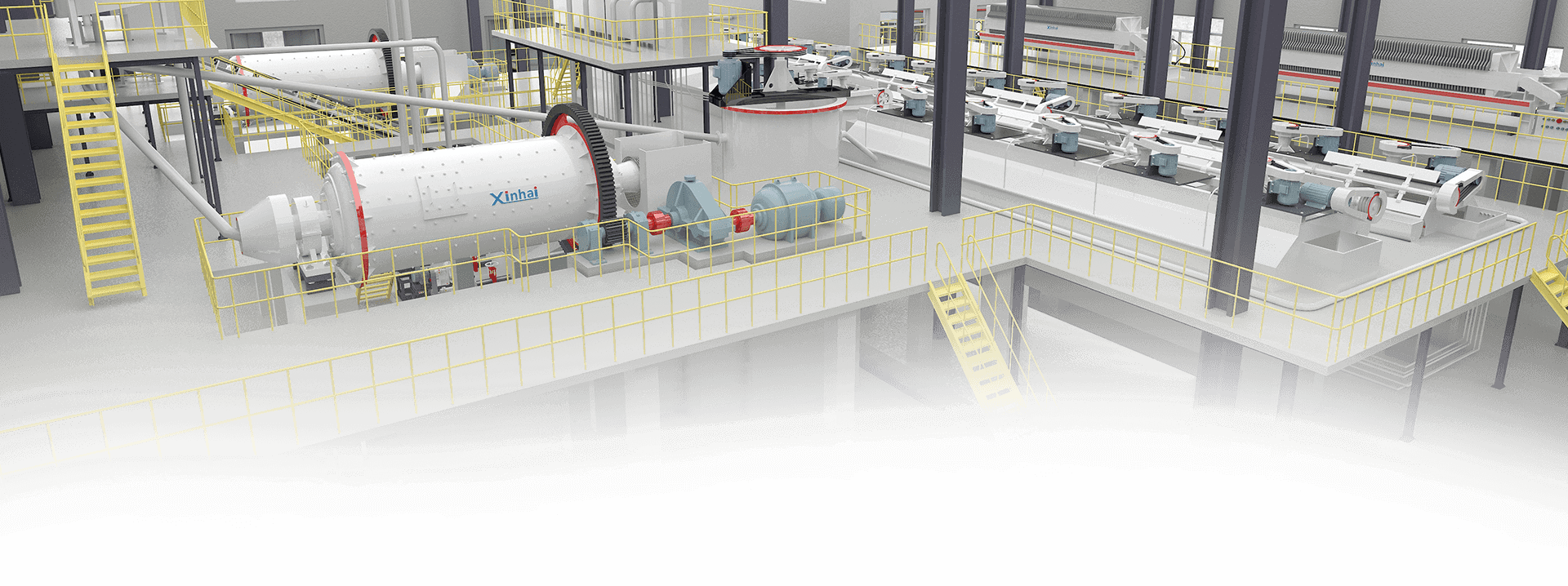
 Message
Message Chat Now
Chat Now


